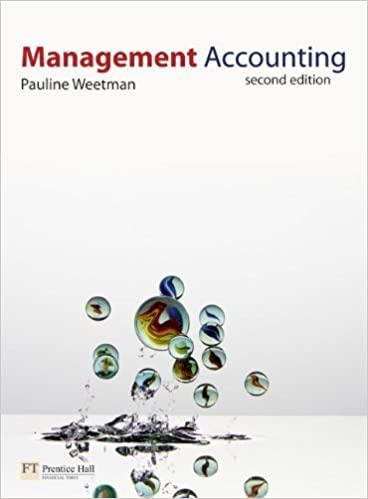This extract is taken from an article describing the problems faced by dairy farmers. David Shaw who
Question:
This extract is taken from an article describing the problems faced by dairy farmers.
David Shaw who farms at Grey Leys Farm, Elvington, near York was elected as NFU county vice-chairman for York East in February. He runs a 330-cow milking herd of Jersey cows which attract a premium price, presently around 33 pence per litre [ppl]. He suffered a price reduction, on Wednesday, of nearly 2 ppl.
He has commented:
‘What happens at the moment is that the retailer sets the price and takes his margin. He then passes back what he can to the processor.
‘The processor takes all of his costs, and there are a lot of them in dairying – plant, transport, packaging – then his margin, and then the remainder comes to the farmer, at present as little as 23 per cent of the retail price. It’s all about trying to get the whole industry to be fair in its trading.’
An indication of the lack of understanding that exists between supermarkets, dairy companies and dairy farmers is perhaps never better exemplified than a comment David received recently.
‘I was talking with a guy from ASDA who asked me – “Why is it that when we put our price of milk down we get more milk produced?”
‘The answer is simple. Everyone has invoices to pay out each month and the only way the dairy farmer can get his money back is by producing more litres. So what he does is he takes on more cows, works longer and harder flogging himself and his cows to death to try and get more milk in order to satisfy the customer who just wants a cheap product. Is that right?’
Questions 1 What are the costs of being a milk processor (the person who collects milk from the farms and puts it into bottles and cartons for sale by the supermarkets)?
2 How do the dairy farmers react to price pressure in an attempt to cover their fixed costs?
Step by Step Answer:






